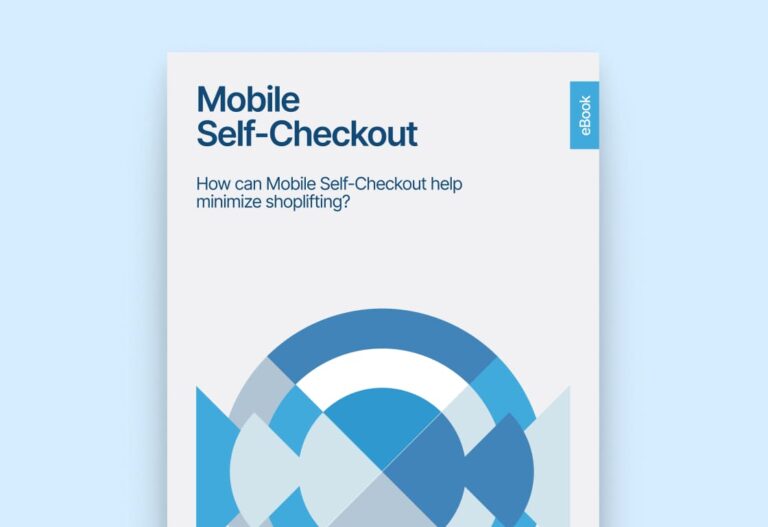eBook
Avoid Shoplifting in Scan & Go stores
Find out how you can leverage mobile Self-Checkout to minimize shoplifting inside your stores & enable a streamlined shopping experience.

Grab your copy now!
Want to see how it works?
Explore the fast and reliable functionalities of the Scanbot Barcode Scanner SDK in our Demo App – Download now!